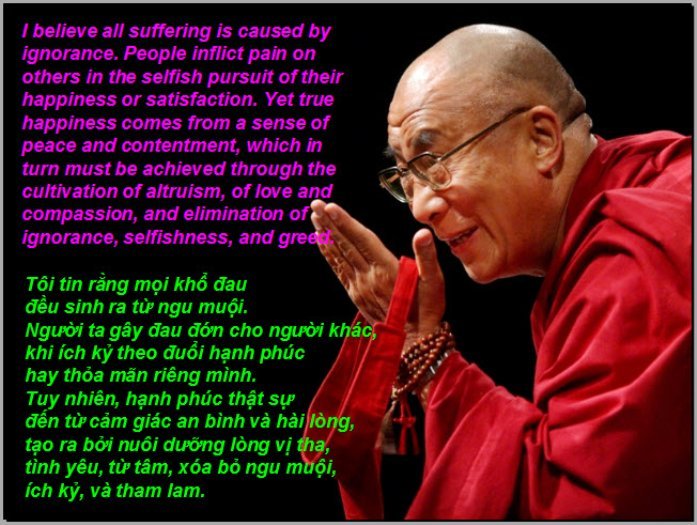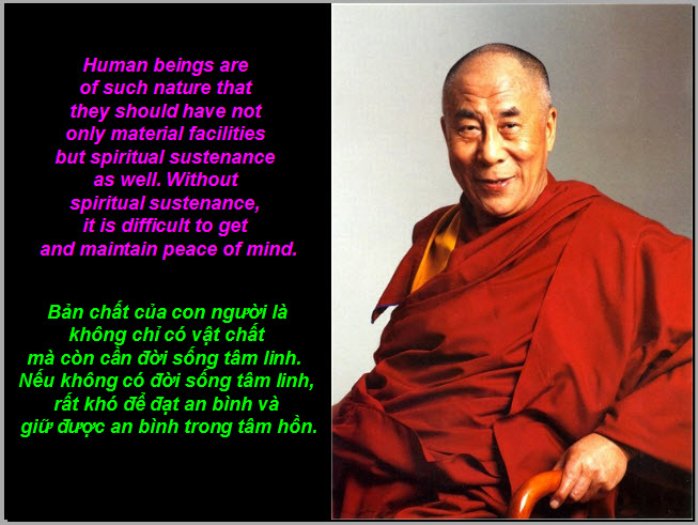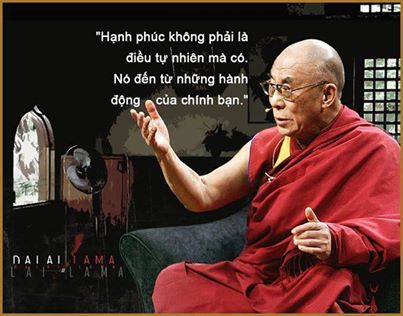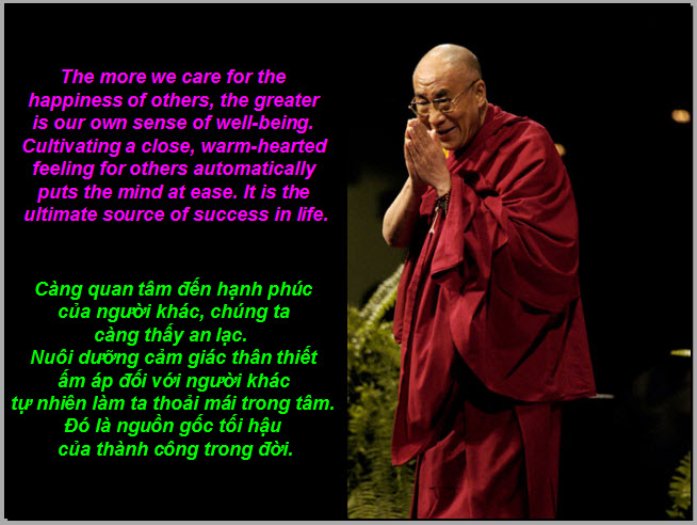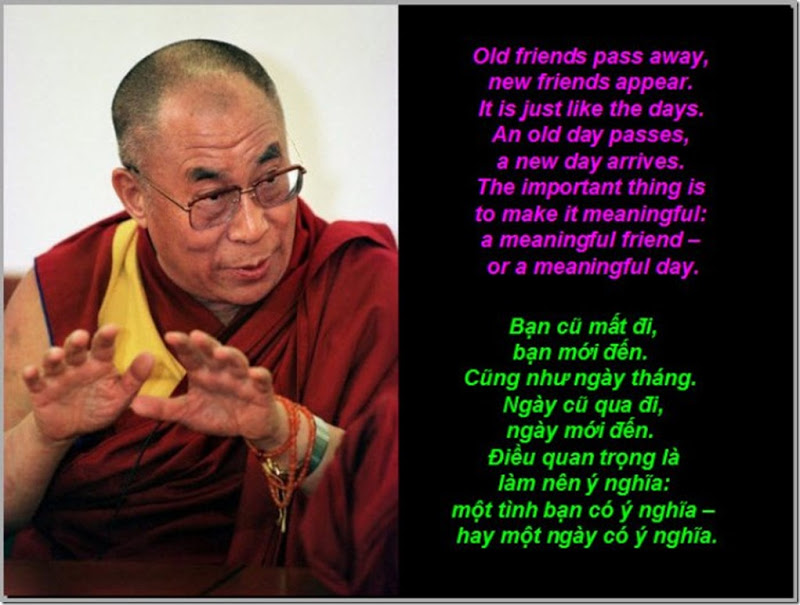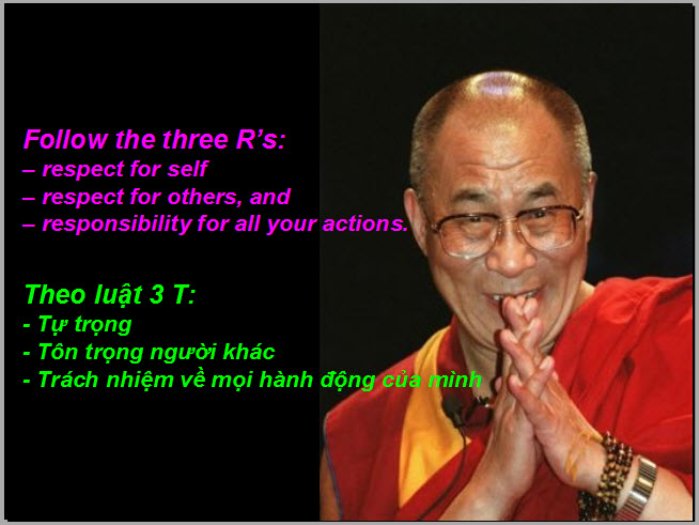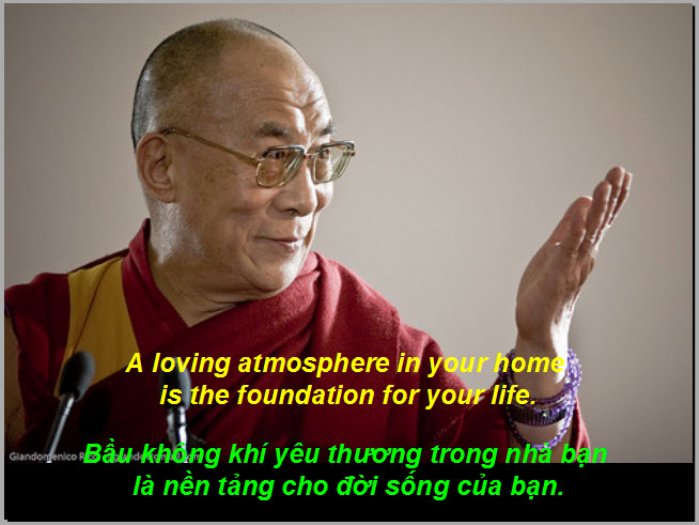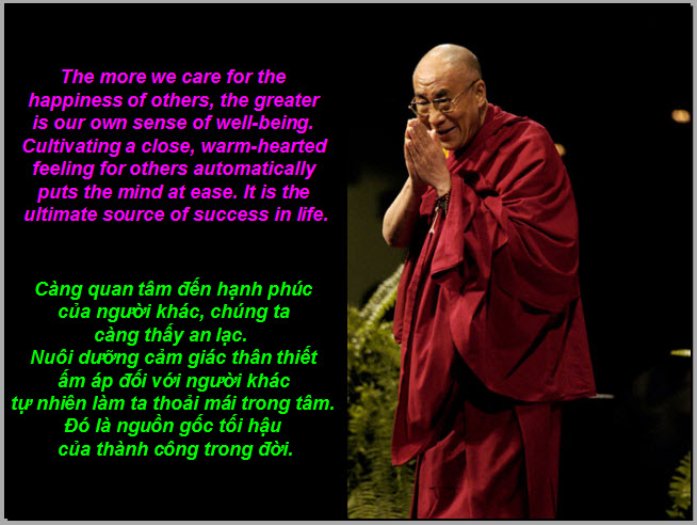Humans are omnivores, and should have a variety of foods. Key diet guidelines: balanced, moderate, and various sources, plus healthy and simple cooking methods.
"A diet high in red meat can shorten life expectancy, according to researchers at Harvard Medical School.
The study of more than 120,000 people suggested red meat increased the risk of death from cancer and heart problems."A diet high in red meat can shorten life expectancy, according to researchers at Harvard Medical School.
Substituting red meat with fish, chicken or nuts lowered the risks, the authors said.
The British Heart Foundation said red meat could still be eaten as part of a balanced diet.
The researchers analyzed data from 37,698 men between 1986 and 2008 and 83,644 women between 1980 and 2008.
They said that during the study period, adding an extra portion of unprocessed red meat to someone's daily diet would increase the risk of death by 13%, of fatal cardiovascular disease by 18% and of cancer mortality by 10%. The figures for processed meat were higher, 20% for overall mortality, 21% for death from heart problems and 16% for cancer mortality.
The study,published in Archives of Internal Medicine, said: "We found that a higher intake of red meat was associated with a significantly elevated risk of total, cardiovascular disease, and cancer mortality.
"This association was observed for unprocessed and processed red meat with a relatively greater risk for processed red meat."
The researchers suggested that saturated fat from red meat may be behind the increased heart risk and the sodium used in processed meats may "increase cardiovascular disease risk through its effect on blood pressure".
Victoria Taylor, a dietitian at the British Heart Foundation, said: "Red meat can still be eaten as part of a balanced diet, but go for the leaner cuts and use healthier cooking methods such as grilling.
She suggested adding more variation to your diet with "other protein sources such as fish, poultry, beans or lentils." (14 March 2012, BBC)
- "Red and processed meat
Red meat looks darker than white meat like poultry because of higher levels of haemoglobin and myoglobin, the iron and oxygen-binding proteins you find in blood and muscle.
Processed meat includes bacon, sausages, salami and ham."...
"Mortality risk debate
Professor
Walter Willett, of the Harvard School of Public Health, heads a team
that have been tracking the diets of tens of thousands of people for
many years. "We found that those who consumed higher amounts of red meat had a higher risk of total mortality, cardiovascular mortality and cancer mortality," he told me in the Harvard cafeteria, while I nonchalantly ate a large steak.
On the basis of one of the studies he co-authored - Red Meat Consumption and Mortality, published in Archives of Internal Medicine - he estimates regularly eating a small amount of unprocessed red meat (85g, around 3oz) is associated with a 13% increased risk of mortality, while eating a similar amount of processed red meat (a hot dog or two slices of bacon) is associated with a 20% increased risk.
Not surprisingly, he almost never eats meat."
"
Making sense of the statistics
An increased mortality risk of 20% means your risk of dying over the next year is 20% higher than if you did not eat the processed meat.
An increased mortality risk of 20% means your risk of dying over the next year is 20% higher than if you did not eat the processed meat.
- Professor Sir David Speigelhalter of Cambridge University says another way of looking at this is, if the studies are right, that you would expect someone who eats a bacon sandwich every day to live, on average, two years less than someone who does not.
- Pro rata, this is like losing an hour of your life for every bacon sandwich you eat. To put this into context, every time you smoke 20 cigarettes, this will take about five hours off your life." (18 August 2014, BBC)
- "Processed meats - such as bacon, sausages and ham - do cause cancer, according to the World Health Organization (WHO).
Meanwhile, it said red meats were "probably carcinogenic" but there was limited evidence.
The WHO did stress that meat also had health benefits.
Cancer Research UK said this was a reason to cut down rather than give up red and processed meats.
And added that an occasional bacon sandwich would do little harm." (26 October 2015, BBC)
- "I’m not saying dietary recommendations aren’t important. But the recommendations are important in aggregate. If you stick to the spirit of not eating in a horribly unhealthy way, you have a lot of leeway to continue to eat specific things you like even if you know they’re not the best for you. And meat falls firmly within that category." (posted October 28, 2015
Sources:
http://slatestarcodex.com/2015/10/28/meat-your-doom/
http://www.bbc.com/news/health-34615621
http://www.bbc.com/news/health-28797106
http://www.bbc.com/news/health-17345967
